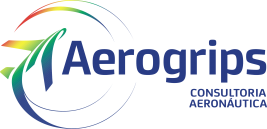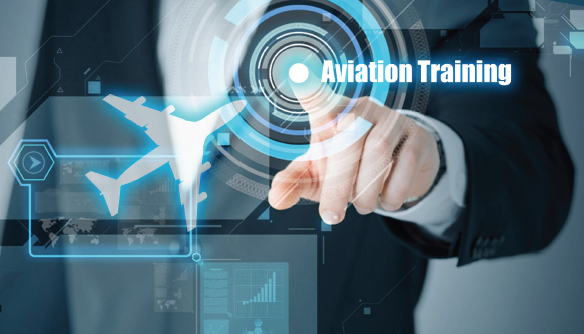![]()
| Training |
Training
Aerogrips Aeronautical Consulting develops and is recognized since 2001 for the quality and excellence of its training. Our group of instructors is formed by professionals of high level of experience and qualification, constantly updated.
Aerogrips develops courses to meet the specific demands of each client, besides offering the following courses formatted for executive aviation, focusing on the particular needs and operational reality of each client:
- RVSM (Reduced Vertical Separation Minima) – focusing on the requirements, aspects and operational procedures that must be observed during these operations), this course can be used to obtain operational approval from ANAC for RVSM operations.
- PBN (RNAV and RNP) – according to ICAO recommendations, this course addresses the principles of operation in each PBN airspace (RNAV and RNP), can be used to obtain operational approval from ANAC for such airspace.
- GPS / RNAV – addresses the architecture of the GPS system and its application in civil aviation, focusing on aspects related to requirements, limitations and procedures that must be observed for use of this system on board aircraft, in particular in navigation operations of Area (RNAV)
- CRM (Crew Resource Management) – based on the sixth generation of CRM, whose main philosophy is Threat and Error Management (TEM), the course clearly and objectively addresses issues such as Decision Making, Communication, Teamwork, among others.
- General Emergencies – presents procedures for using emergency tools and supplies in addition to the duties and responsibilities of crew members in emergency situations.
- Dangerous Goods – conducted in partnership, this course regulated by ANAC presents the risks and precautions to transport such substances on board civil aircraft with adequate levels of safety.
- Meteorology – proposes ways of identifying weather phenomena that can threaten flight safety, always with operational focus, and can be customized for long distance and high altitude operations (with a global view of atmospheric phenomena in different regions of the world) or for Single-engine aircraft and helicopters (with the study of microclimates of specific regions).
- Air Traffic Regulations – addresses the most recent changes in regulations governing national air traffic and how these modifications are incorporated into operators’ daily life, and how to avoid common mistakes made by pilots and controllers.
- TAI (International Air Traffic) – discusses and develops the Jeppesen manuals, as well as the rules of operation around the world, demonstrating how to obtain the necessary information for a good international flight planning that takes into account the specifics of each locality , In addition to the principles of phraseology and planning required to carry out the operation.
Count on our team to help you and your business further improve the quality and safety of your operations.

